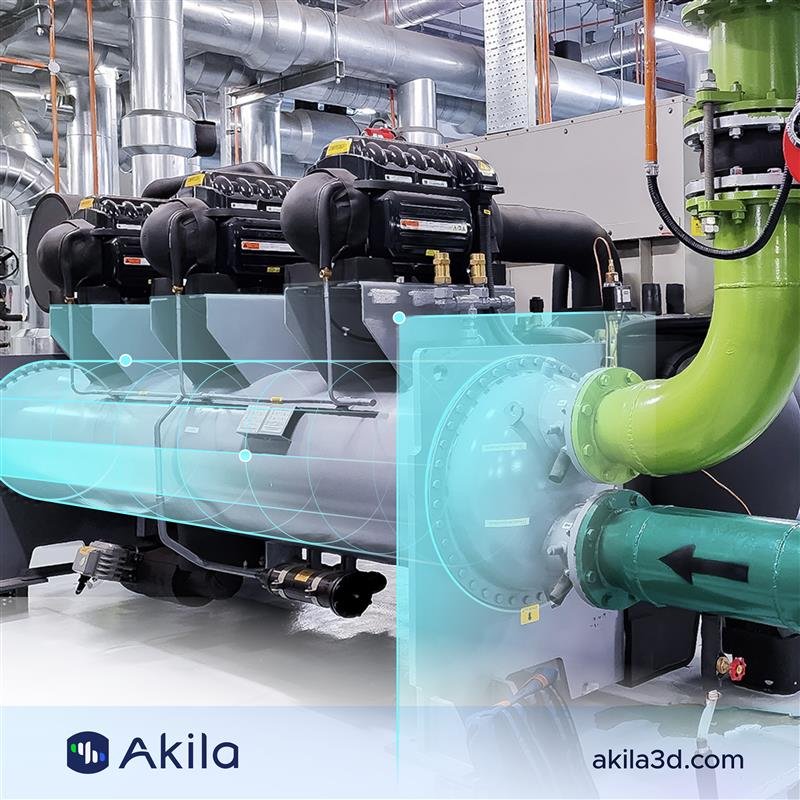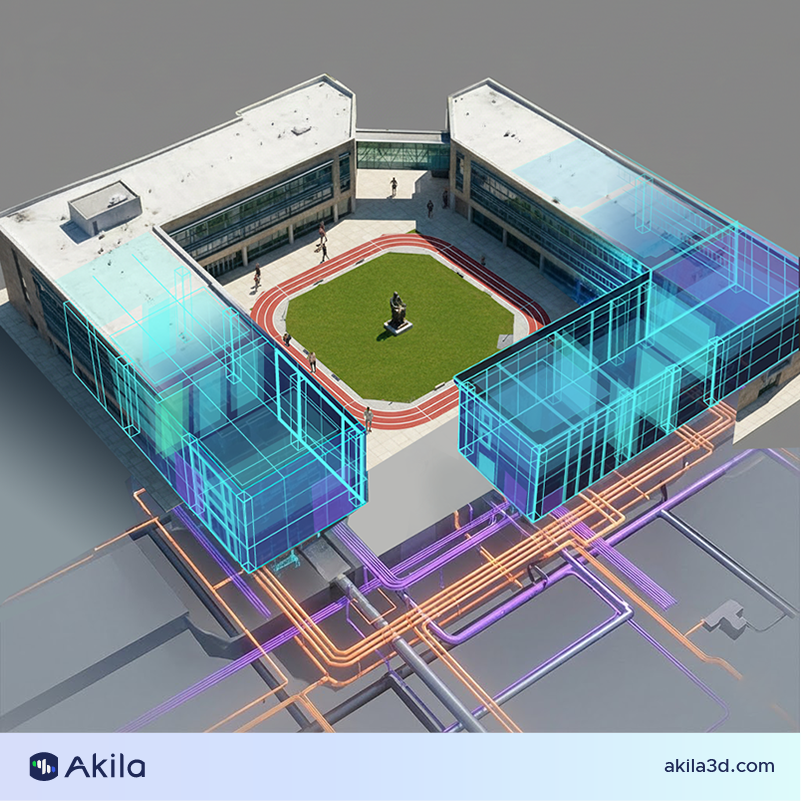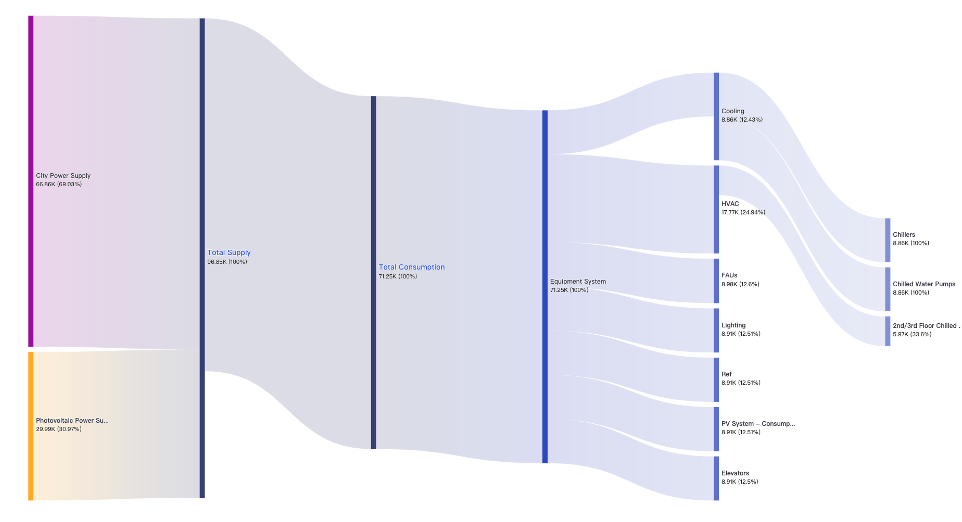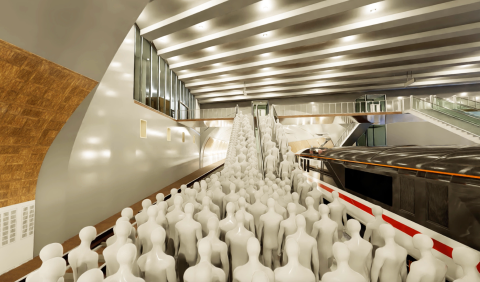 Accessibility has become a fundamental requirement in public spaces, such as stations, shopping centers or buildings as it allows people with disabilities, elderly people, parents with young children, or those with heavy luggage to navigate in those spaces independently. Accessibility often relies on assets such as lifts, automatic doors, public toilets, or ramps which play a key role in this independence. However, when one of those assets stops functioning, it can disrupt the daily life of people with mobility challenges as their access to those places will be limited.
Accessibility has become a fundamental requirement in public spaces, such as stations, shopping centers or buildings as it allows people with disabilities, elderly people, parents with young children, or those with heavy luggage to navigate in those spaces independently. Accessibility often relies on assets such as lifts, automatic doors, public toilets, or ramps which play a key role in this independence. However, when one of those assets stops functioning, it can disrupt the daily life of people with mobility challenges as their access to those places will be limited.
That’s why the maintenance of these assets is crucial: as just one out of service lift can lead to huge inconvenience in day-to-day life as it would leave individuals with accessibility needs stranded, dependent on assistance, or unable to safely access critical services.
That’s when digital twins and AI can make a change.
Digital twins are virtual models of physical assets that allow monitoring of their performances in real time. Artificial Intelligence complements digital twins by enhancing decision-making through data analysis. AI can process vast amounts of data collected by digital twins and use it for predictive maintenance, anomaly detection, and automated alerts.
Those technologies put together could ensure that these crucial assets are continuously accessible by predicting any down time, or by detecting any anomaly that could happen, making those assets more reliable to people who need them on a day-to-day.
The role of digital twins in asset management
As mentioned earlier, digital twins are virtual replicas of physical assets, such as a lift or a ramp for example. These digital models are continuously kept up to date with real-time data from sensors embedded in the physical asset. This creates a dynamic representation that replicates the asset’s current condition.
With this digital model, facility managers can monitor closely those assets and not only track and improve their performance, but they can also detect earlier any (minor) issue that could have led to a complete breakdown in the long term and caused a major disruption for anybody requiring accessibility. For instance, if a sensor detect that the door mechanism of an elevator is starting to lag, the digital twin can flag this early warning, prompting maintenance before the issue escalates.
Digital technology has the ability to ensure that assets remain available and safe at all times, allowing people with accessibility needs to navigate through public spaces without the worry of encountering equipment that would not work; whether it’s a family going through an airport, or someone in a wheelchair needing to access a platform in a station.
How AI can enhance predictive maintenance and accessibility
If digital twins can provide a digital model of assets with real time data, it’s AI that will be able to use that data for asset reliability. By analyzing and processing data collected, AI becomes a powerful tool that can predict any issue, or when a failure is going to occur.
AI is able to process and notice patterns that would not be noticed by an engineer for example. By continuously analyzing data from the sensors, such as an elevator or automatic doors, AI can detect if the doors of the elevator started opening slower than usual, etc. And even if human maintenance may still be required, AI is able to identify issues early and before they escalate to major issues that would cause disruptions. Facility managers can then schedule maintenance not based on a fixed schedule, but on necessity and urgency.
Not only can it help save money, but it also ensures that those crucial assets remain available at all times for people who depend on them on a daily basis, enhancing their independence and safety.
Digital twins are a real improvement in enhancing accessibility, combined with AI these technologies can both help ensure that assets, such as ramps or lifts, that are vital for people with mobility challenges, remain operational and reliable. But it also contributes to building a future of more inclusive, adaptive spaces.
The integration of advanced technologies like digital twins and AI provides a reliable foundation for space planning in retrofits and improvements. Facility managers also now have the possibility to simulate different scenarios, such as adding different accessibility assets inside the twin and can then test the impact of their placement on traffic flow for example, prior to even beginning the project. This allows to find the most efficient solution that won’t cause any important disruption.
As accessibility has become a key priority in today’s world, leveraging digital twins and AI will play a crucial role in creating environments that are not only accessible but also safe and adaptive to the changing needs of their communities.



